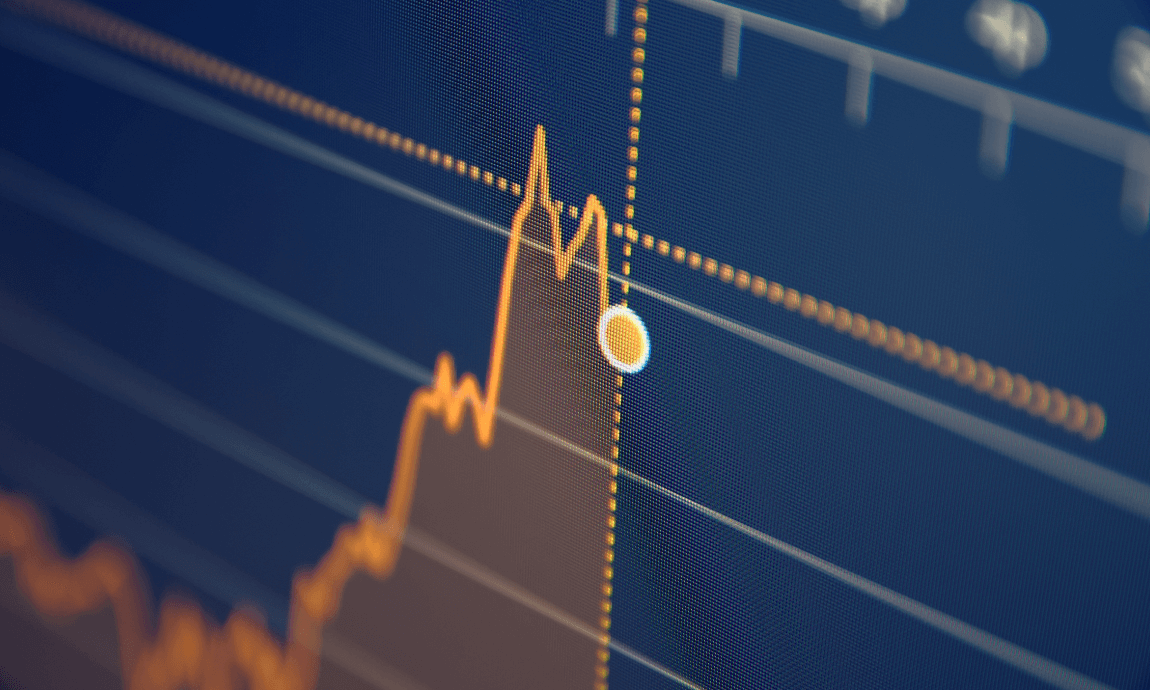Market Brief, Tuesday, 22nd of September, 2020
The major US stock markets saw a new sell-off on Monday, through their recent lows, although a bid in tech saw the Nasdaq close the day in the green. The Nasdaq is currently trading around 10942 while the S&P and Dow Jones are trading at 3274 and 27070.
The Asian session was subdued following the selloff in their US counterparts with the ASX down by 0.6%. In China, the Hang Seng and Shanghai Composite were down by 0.4 and 0.1% respectively with HSBC and Standard Chartered extending their losses over recent money laundering allegations.
The dollar index traded above 93.50 as risk-averse sentiment saw it trade as high as 93.80. The EURUSD dropped below 1.18 and is currently trading around 1.1755 while GBPUSD is trading around 1.28.
WTI and Brent traded lower on Monday with WTI trading below 39.50 and Brent at 41.33$ per barrel as a demand-side concern following new expected lockdowns in Europe and supply-side factors with Libya output expected to reach 260k barrels per day putting pressure on crude.







